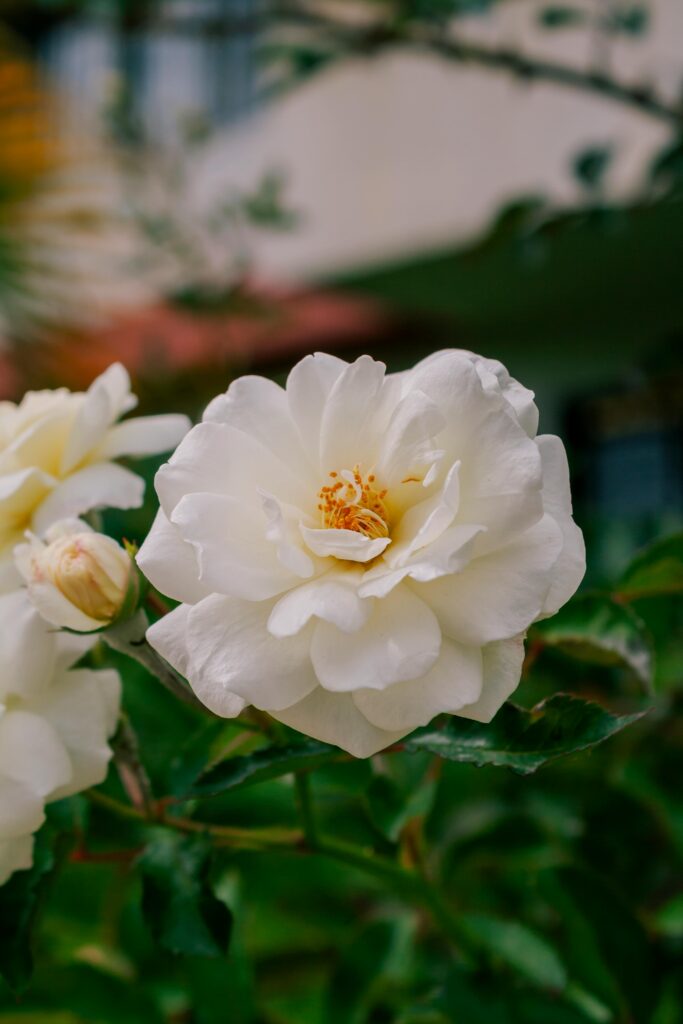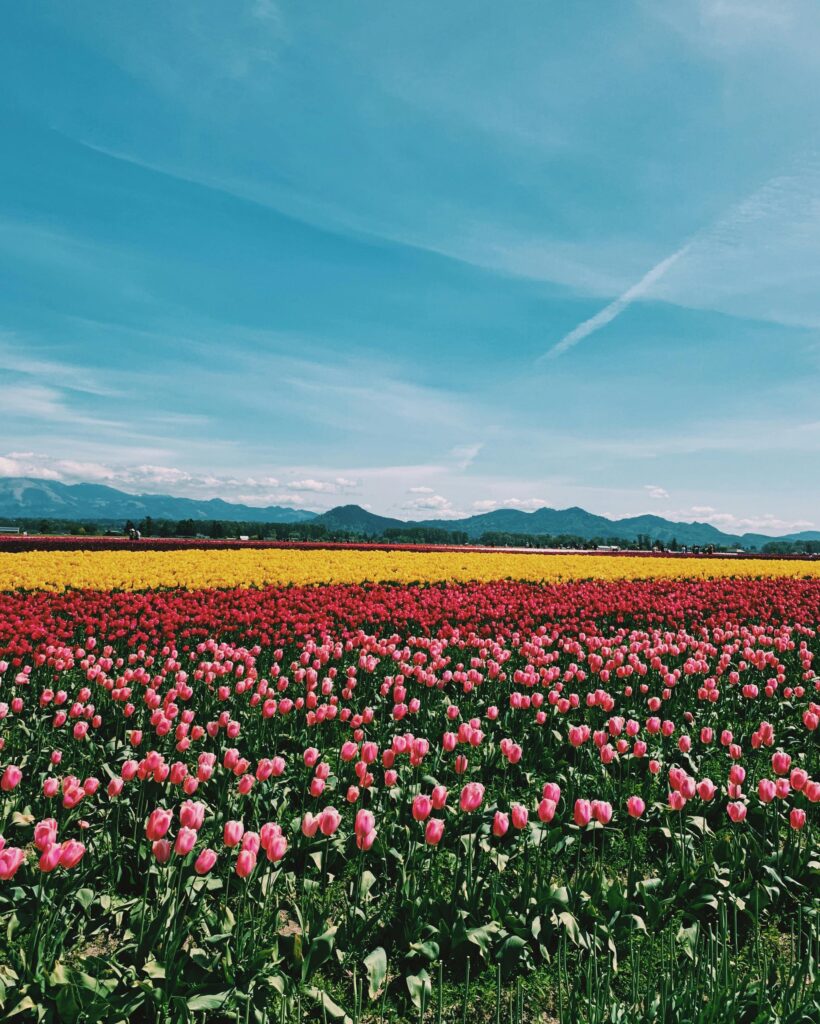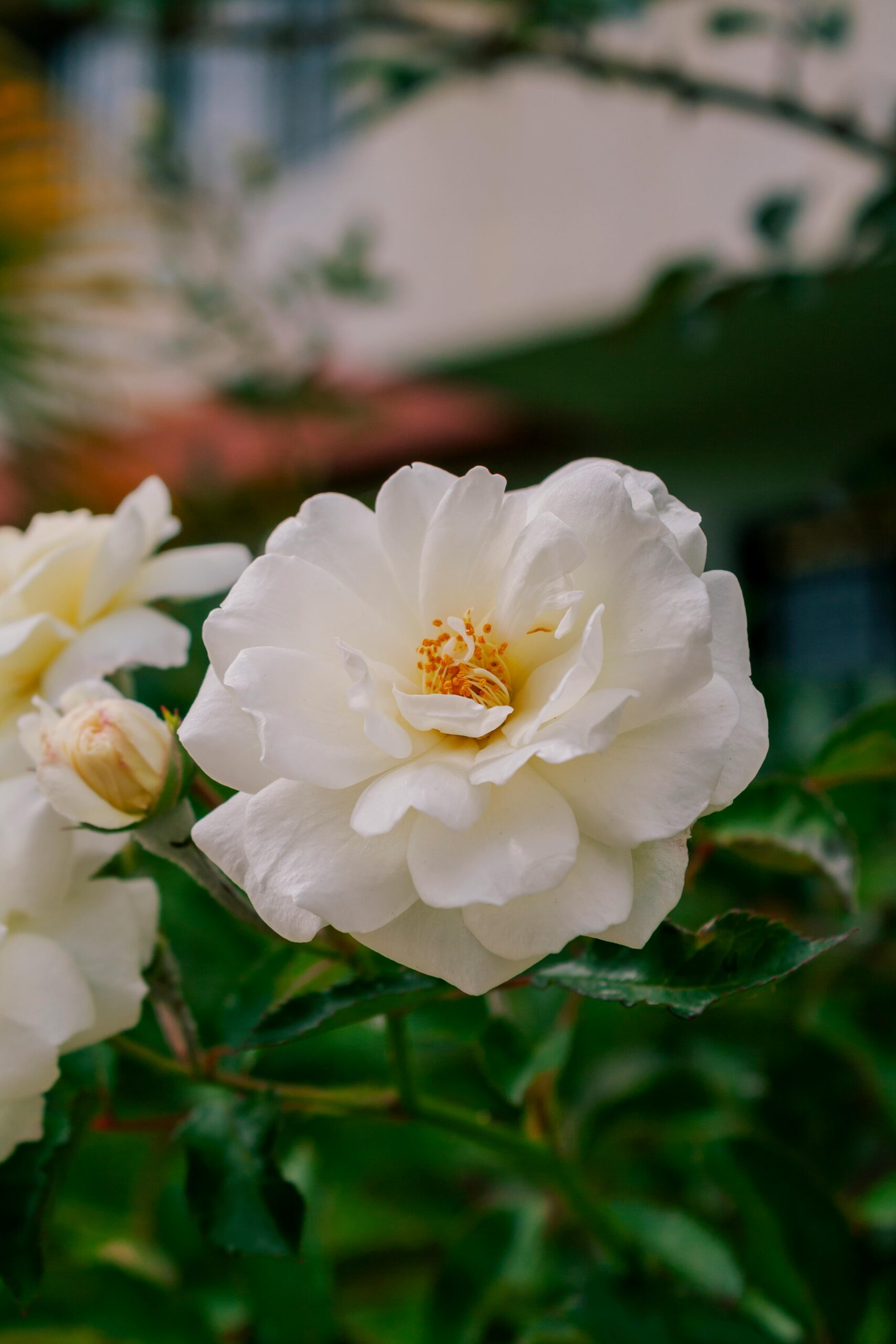When spring comes, some flowers are so gracefully introduced that they draw attention right away. Few of them can compare to peonies’ stunning beauty. These blossoms have been appreciated for centuries due to their rich petals, subtle scent, and indisputable charm. They are more than just garden favorites; they are cultural icons that stand for romance, wealth, and classic beauty.
Peonies have a special place in American culture. They are featured in innumerable pieces of art, bloom in backyards, and add color to weddings. Even though their season is short, their influence endures long after the final petal drops. The history, symbolism, varieties, growing advice, cultural significance, and reasons why these blossoms are still appreciated by people of all ages will all be covered in this blog.

Table of Contents
🌱 A Journey Through History
The history of peonies is over 4,000 years old. Originally from China, they were regarded as the “king of flowers” and were only given to emperors. They were prized for their therapeutic qualities in addition to their beauty. The roots and seeds were used by ancient healers to treat fevers, inflammation, and pain.
Peonies arrived in Europe and Japan as trade grew, where they were welcomed for use in decorative gardens. When they arrived in North America in the 18th century, they immediately won over gardeners and established themselves as a representation of elegance in American landscapes. Their popularity is still rising today, particularly in areas like the Midwest and New England, where the climate is favorable for their growth.
🌸 What Peonies Represent
These blossoms are not just admired for their looks—they carry meanings that add depth to their appeal:
- Love and Romance: Often chosen for wedding bouquets, they symbolize a happy marriage and devotion.
- Wealth and Prosperity: Their full, rounded blooms suggest abundance and success.
- Honor and Respect: In Asian cultures, they represent dignity and admiration.
- Healing and Protection: Historically, they were linked to wellness and used in remedies.
For many Americans, peonies are the perfect blend of beauty and symbolism—flowers that decorate and tell a story at the same time.
🌼 Why They’re Loved in the U.S.
It’s not difficult to see why peonies are adored nationwide:
- Show-Stopping Blooms – Their large blossoms look like nature’s version of silk gowns.
- Longevity – A plant can live for decades, blooming year after year.
- Low Maintenance – Once established, they are surprisingly easy to care for.
- Seasonal Excitement – Because their blooming period is short, their arrival is eagerly awaited each spring.
- Cultural Significance – From weddings to festivals, they’re woven into traditions.
When they bloom, gardens transform into dreamscapes filled with layers of color and texture.

🌿 Different Types of Peonies
There are three main categories, each with unique qualities:
1. Herbaceous Peonies
- The most common type in American gardens.
- Die back in winter and return each spring.
- Famous varieties include Sarah Bernhardt (soft pink) and Festiva Maxima (white with red flecks).
2. Tree Peonies
- Woody shrubs that can grow up to six feet tall.
- Produce larger blossoms in exotic colors like yellow and purple.
- More delicate but incredibly striking.
3. Intersectional (Itoh) Peonies
- Hybrids between herbaceous and tree types.
- Offer long-lasting blooms and strong stems.
- Known for their resilience and extended flowering season.
With so many cultivars, gardeners can choose from a rainbow of shades—white, blush, coral, crimson, and even golden hues.
🌸 Growing Peonies in Your Garden
Bringing these blossoms into your yard is easier than many people think.
Planting Time
- Best planted in fall, allowing roots to settle before winter.
Sunlight & Soil
- Thrive in full sun but tolerate partial shade.
- Prefer well-drained soil rich in organic matter.
Depth & Spacing
- Plant roots 1–2 inches below the surface. Too deep, and they may not flower.
- Space them about 3 feet apart to allow for growth.
Care Tips
- Water regularly in the first year; once mature, they need less attention.
- Avoid heavy fertilizer. Too much nitrogen encourages leaves at the expense of flowers.
- Support tall varieties with stakes to keep heavy blossoms upright.
With proper care, these plants can outlive their growers—many survive for 50 years or more in the same spot.

🌿 Their Role in American Culture
Peonies are woven into the cultural fabric of the U.S.:
- State Flower of Indiana – Officially recognized as a symbol of remembrance and honor.
- Weddings – A top choice for brides, representing romance and prosperity.
- Festivals – Celebrated in states like Michigan and Oregon, where entire events are dedicated to their bloom season.
- Art and Fashion – Appear in paintings, textiles, and even tattoos as symbols of femininity and elegance.
Their universal beauty makes them a natural fit for both personal celebrations and public traditions.
🌸 Peonies Indoors
As cut flowers, peonies are showstoppers. Their massive blooms can elevate a simple vase into a statement piece.
Tips for Cut Flowers:
- Harvest in the early morning when buds are still closed but soft.
- Place stems in cool water and change it every two days.
- Keep arrangements away from direct sunlight or heat.
They pair beautifully with roses, ranunculus, or hydrangeas, creating lush, romantic displays.
🌿 Healing and Wellness Connections
Though today admired mainly for their beauty, peonies also have a background in wellness:
- Traditional Remedies: Roots and seeds were once used to ease pain and calm the mind.
- Relaxation: Teas made from petals were believed to reduce stress.
- Skin Care: Modern beauty brands use extracts for soothing creams.
This connection to healing adds another layer of richness to their legacy.
🌼 Fun Facts
- Some peony bushes are over 100 years old and still blooming.
- Their name comes from Paeon, a healer in Greek mythology.
- Ants often crawl on buds—not harming them, but helping open the flowers by eating nectar.
- In Victorian times, they symbolized bashfulness, which explains their romantic association.
- In China, they are still called the “flower of riches and honor.”
🌸 Why You Should Plant Them
If you’re still undecided, here’s why peonies deserve a spot in your garden:
- Minimal Care – Once established, they thrive with little effort.
- Seasonal Beauty – Their blooms are short-lived but unforgettable.
- Environmental Benefits – They attract pollinators like bees.
- Generational Joy – A single plant can bring color to a garden for half a century.
- Elegance Everywhere – From borders to bouquets, they shine in every setting.
Planting peonies is more than gardening—it’s creating a living legacy.
🌸 Conclusion: A Flower That Lasts Beyond Seasons
Peonies are more than just flowers. They are storytellers, bringing with them centuries of beauty, significance, and tradition. Their presence transforms ordinary spaces into memorable scenes, their fragrance whispers romance, and their petals unfold like silk gowns.
They have been revered as representations of love, wealth, and tenacity from ancient Chinese gardens to American backyards. Planting a peony is an investment in happiness that will grow every year. Additionally, when they are in bloom, they serve as a reminder of the brief but exquisite moments in life that endure forever in our memories.
Thus, take a moment to appreciate a peony in bloom the next time you see one. Admire its delicate petals, inhale its aroma, and never forget that you are gazing upon a work of nature that has been cherished for thousands of years and will be cherished for many more.
